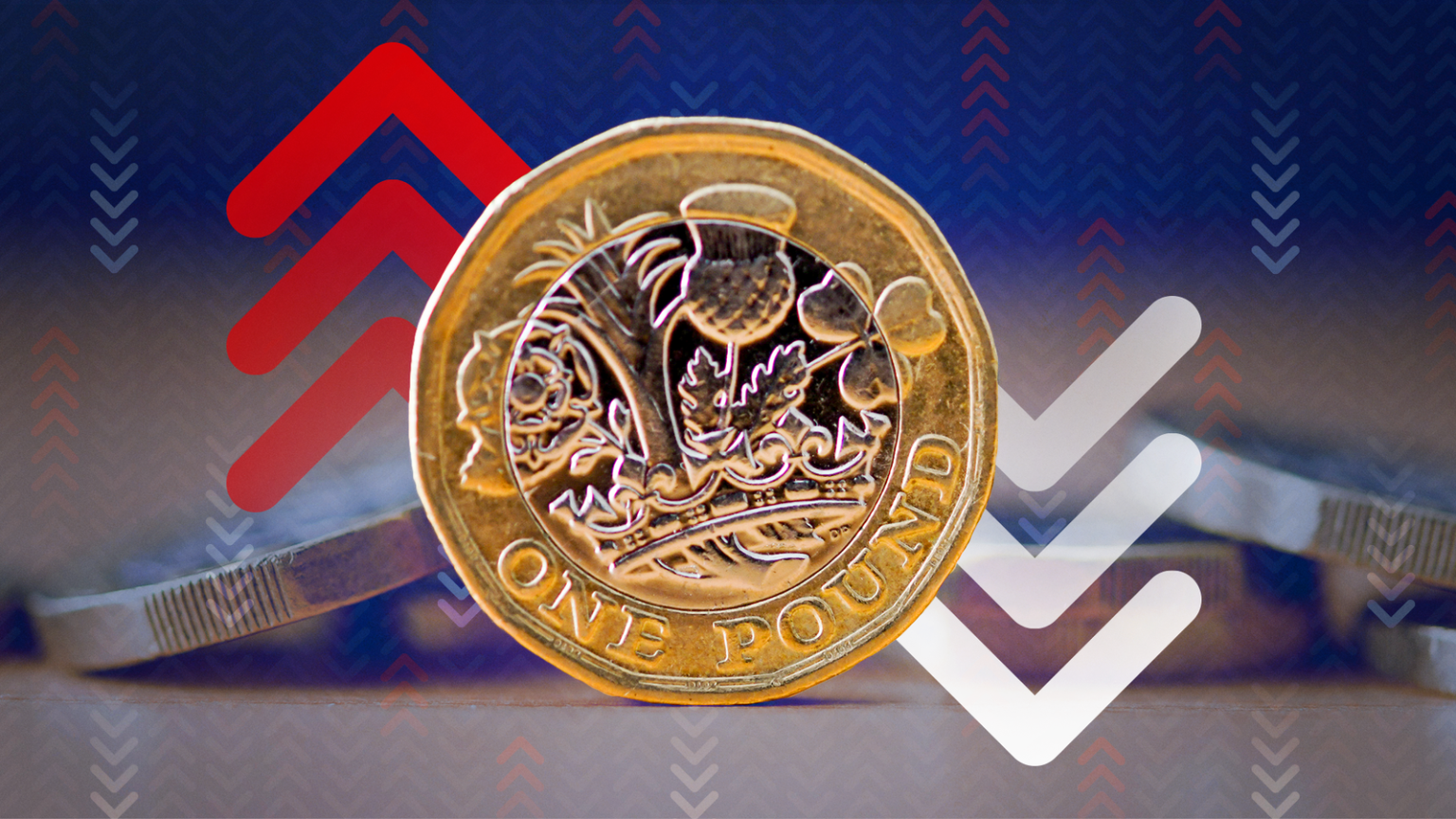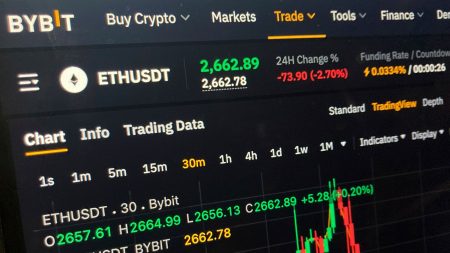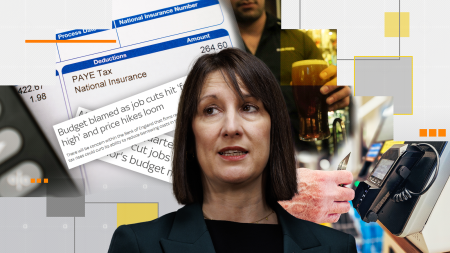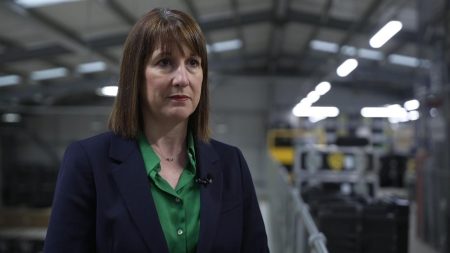The Rise of Inflation: A Closer Look at the Numbers and Their Meaning
Inflation has taken a significant leap, reaching its highest point in nearly a year. According to recent data from the Office for National Statistics, the consumer price index (CPI) surged to 3% in January, marking a notable increase from the previous month’s 2.5%. This rise surpasses the expectations of economists polled by Reuters, who had predicted a more modest climb to 2.8%. The sharp increase in inflation is largely attributed to growing costs in transport and food, as well as non-alcoholic beverages, which have become pricier over the past month.
The Key Drivers Behind the Inflation Spike
The increase in inflation can be traced back to several key factors. Transport costs, particularly air travel, have played a significant role. Unlike previous years, flight prices did not experience their usual seasonal decrease, contributing to the overall rise in transportation expenses. Additionally, food prices have climbed, with items such as meat, bread, and cereals becoming more expensive. Another notable contributor is the surge in private school fees, which rose by nearly 13% due to new VAT rules. These factors combined have pushed inflation to levels not seen since March of the previous year, highlighting the multifaceted nature of this economic trend.
What Does This Mean for Interest Rates?
The rise in inflation has important implications for interest rates. With the CPI now exceeding the Bank of England’s target of 2%, the likelihood of interest rate cuts in the near future has diminished. Traders are increasingly betting on the Bank of England maintaining current rates, with an 82% chance of no rate cut during the upcoming March meeting. However, despite this, economists still anticipate two more rate cuts later in the year, suggesting that while immediate action may be stalled, the long-term outlook for monetary policy remains flexible.
A Silver Lining: Services Inflation and Core Inflation
While the overall inflation rate has surpassed expectations, there are some encouraging signs that policymakers might appreciate. Services inflation, which is influenced by rising wages, grew to 5%, slightly below the predicted 5.2%. This modest undershoot could signal that wage growth is not yet overheating the economy, offering some relief to rate-setters. Additionally, the core inflation measure, which strips out volatile food and energy prices, rose to 3.7% from December’s 3.2%, aligning with expectations. These figures suggest that while inflation is rising, some underlying factors are stabilizing, providing a more nuanced view of the economic landscape.
The Human Impact: Wages, Families, and Economic Growth
The inflation figures have significant real-world implications for households across the country. Chancellor Rachel Reeves acknowledged the challenges faced by many families, stating that while wages after inflation have grown at their fastest rate since the election—resulting in an average annual increase of £1,000—many families are still struggling to make ends meet. In response, the government has pledged to prioritize economic growth, aiming to alleviate the financial pressures on households through targeted measures. This focus on growth reflects a broader recognition of the need to balance economic stability with policies that directly benefit families and individuals.
Looking Ahead: Navigating the Economic Landscape
As inflation continues to rise, the coming months will be critical in shaping the UK’s economic trajectory. The Bank of England will carefully consider these figures when deciding on future interest rate adjustments, weighing the need to control inflation against the broader economic conditions. Meanwhile, the government’s emphasis on economic growth signals a proactive approach to addressing the challenges posed by rising prices. For consumers, understanding these trends and their implications can provide valuable insights into how to navigate the evolving economic landscape. Ultimately, the path forward will require a delicate balance of policy interventions and strategic planning to ensure sustainable and equitable economic progress.















